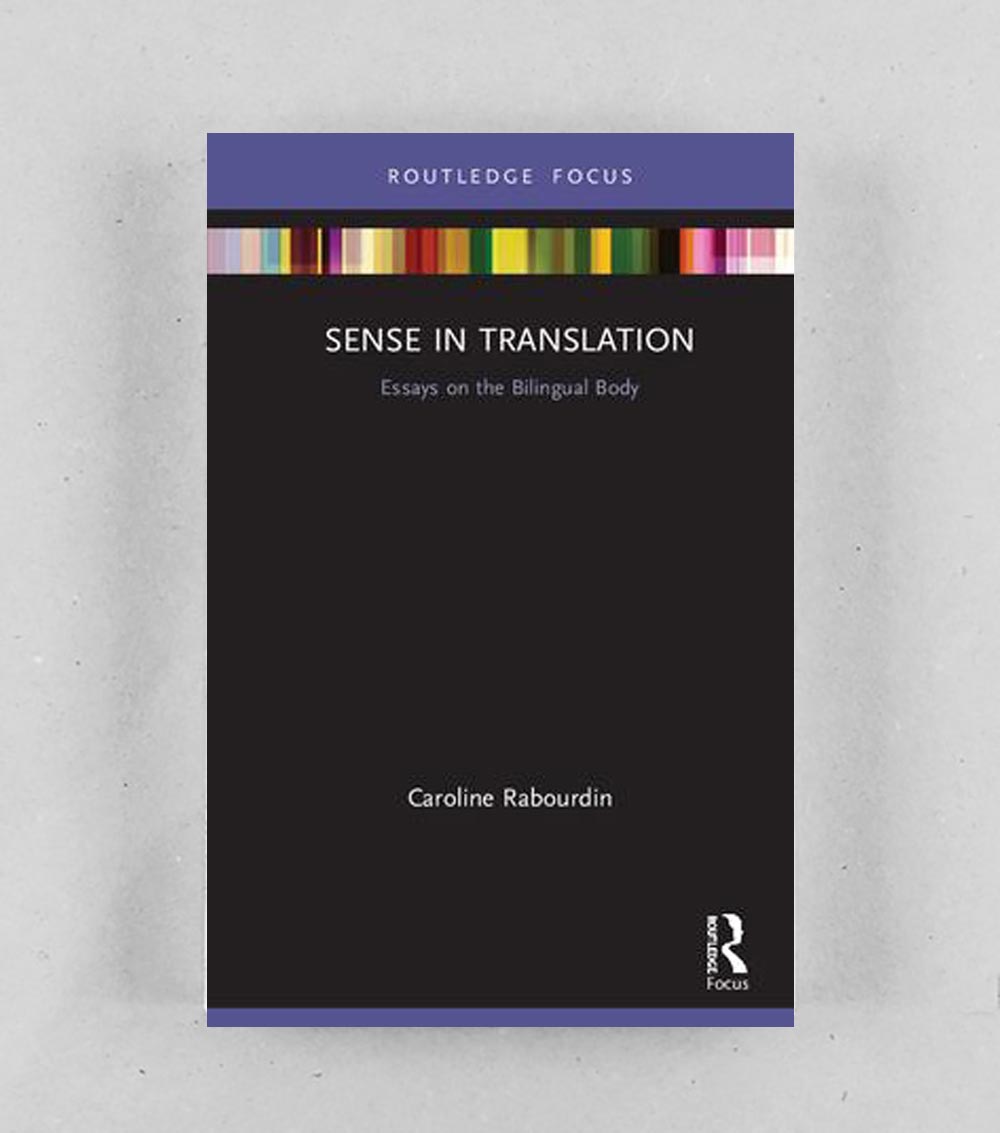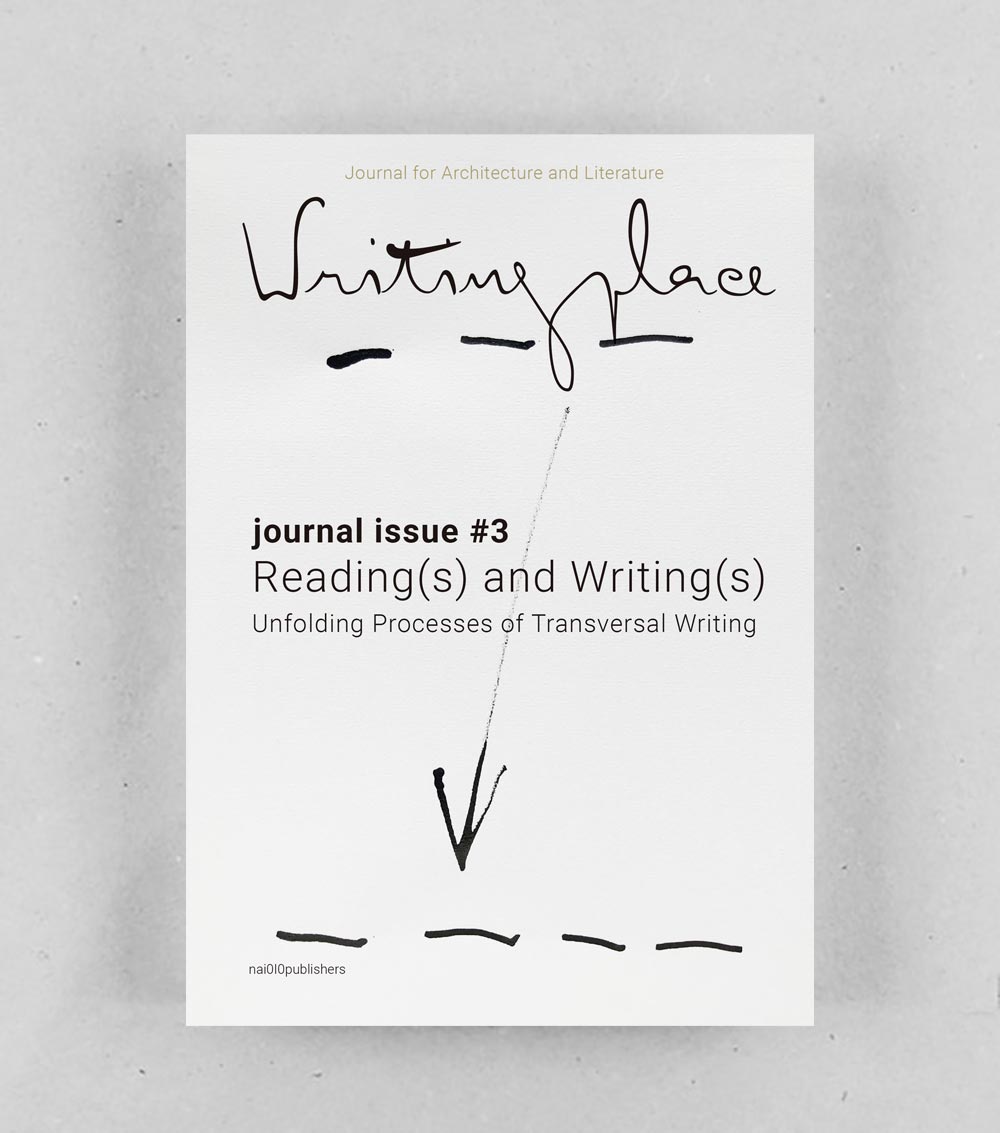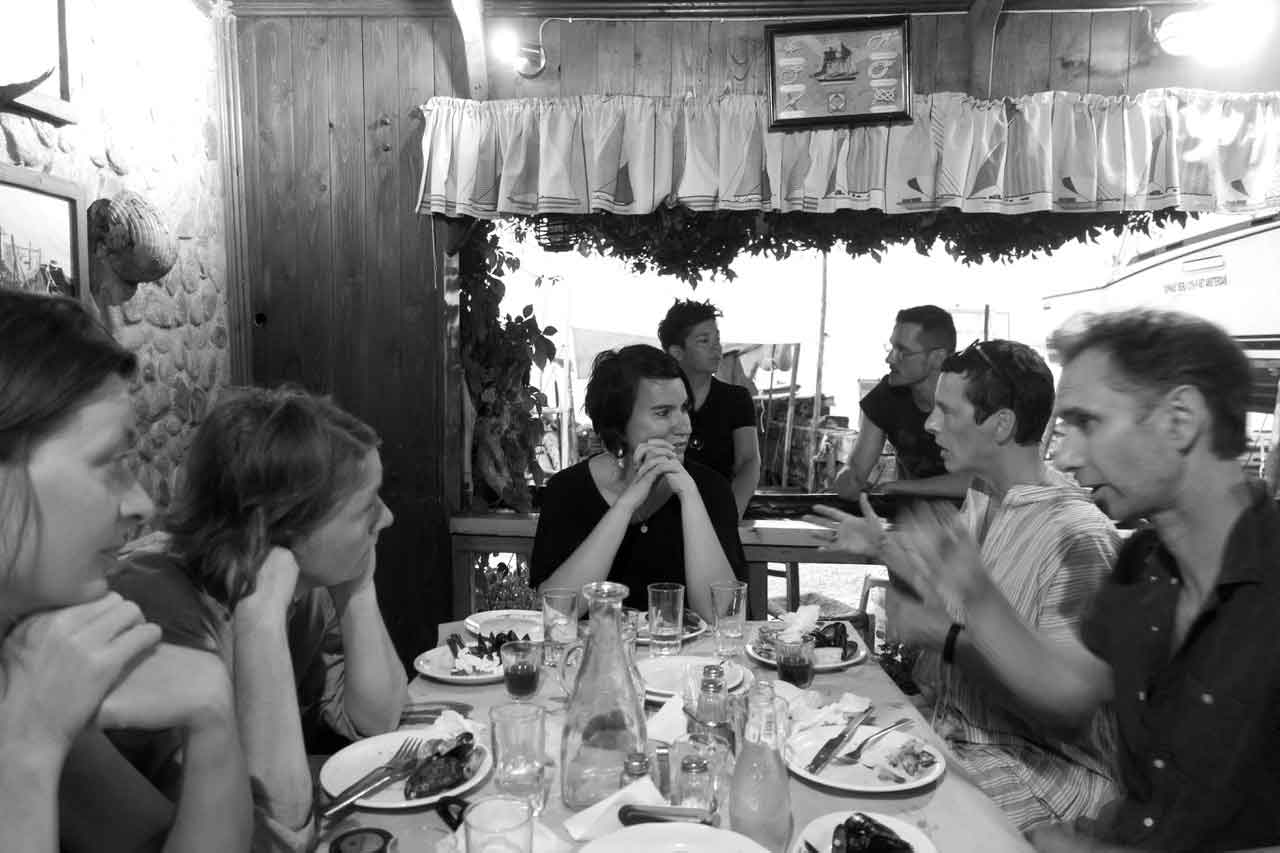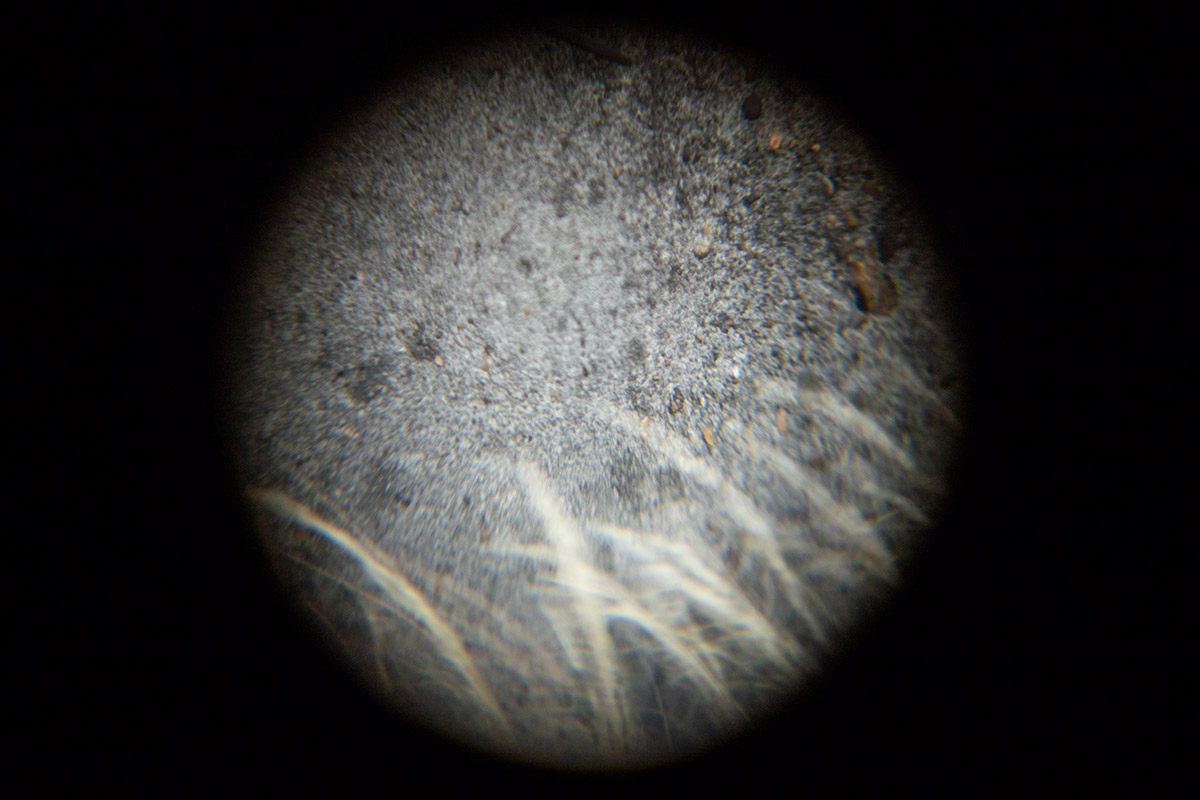
Caroline Rabourdin’s Sense in Translation: Essays on the Bilingual Body (London: Routledge, 2020)

Issue #3 of Writingplace Journal for Architecture and Literature, entitled Reading(s) and Writing(s), Unfolding Processes of Transversal Writing
Writer’s Abstract
This collection of essays explores the complex relationship between linguistic translation and spatial translation, arguing for an understanding of linguistic translation as an embodied phenomenon. All the essays of Sense in Translation, with the exception of “Translators’ Notes,” originated as conference papers and were therefore intended to be read out loud. Works by Michel Butor, Caroline Bergvall, Louis Wolfson and Lisa Robertson, are read in conjunction with critical writings by Jacques Derrida, Jean-Jacques Lecercle and, very importantly, Maurice Merleau-Ponty’s work on sens and the spatiality of the speaking body. Ultimately, what the essays endeavour to show is that the linguistic and spatial movements cannot be categorised as distinct, but join in the capacity of our body to sense and in our desire to make sense.
~
Editors’ Abstract
Issue #3 of Writingplace Journal for Architecture and Literature, entitled Reading(s) and Writing(s), Unfolding Processes of Transversal Writing focuses on the complex process of writing itself, and in particular on the question of reading and responding to texts. By presenting not only resulting texts, but discreet readings of works in process integrated with the discussions that unfold, the issue reveals complex modes of writing that move between the scholarly and the fictional. It draws attention to questions of authorial voice, the voice of the reader, and the voice of the possible protagonists of the text, even if this is an object, space or indeed, place. If the authors could be said to engage in various acts of ‘writing place’, following this journal’s general thematic focus, what kinds of places do they bring into existence? Furthermore, which modes of writing are deemed most appropriate in order to create both evocative and critical accounts of places?
Driven by a concern to reinvigorate space-related research through the means of writing, the texts in this issue have evolved through the collaborations of a group of affiliated thinkers and practitioners, within a series of reading and writing workshops held in the context of the project Transversal Writing. Challenging the means and formats of conventional academic writing, this project sets out to transgress the hierarchies between academic and non-academic knowledge, theory and practice, discipline and profession. Contesting the reification of architecture that maintains that the building is a discrete object – whose values are materialized through real estate, limits defined by property borders and agency reduced to profit-making – what we call ‘transversal writing’ traces the lines of connection between architectural conceptions and their effects, between decisions and materializations, forms and affordances. The project acknowledges how architecture is shaped by words, imagery and ideas long before it is transformed into bricks and mortar. Recognizing architecture as a product of the collective imaginary – an act of human creation – is to identify the potentiality in how words, images and physical entities have a capacity to proliferate, spread and generate unforeseeable effects, far beyond the intentions of the architect.
https://journals.open.tudelft.nl/index.php/writingplace
~
Writer’s Biography
Caroline Rabourdin is Senior Lecturer in Architecture, Histories and Theories at the University of Greenwich and the author of Sense in Translation: Essays on the Bilingual Body (Routledge, 2020). Trained as an architect, she practiced for a number of years in Paris and London before completing her PhD at the University of the Arts London. Her research interests include spatial theory, phenomenology, poststructuralist theory, translation studies and comparative literature. She considers essay writing as a critical and creative practice and the space between languages as a productive space for new architectural ideas. She is currently working on a translation project funded by the Arts Council England.
~
Editors’ Biographies
Issue #3 of Writingplace Journal for Architecture and Literature is the outcome of a workshop held in Kavala, Greece (July 2018), organized within the framework of the artistic research project Transversal Writing. Besides Catharina Gabrielsson, Hélène Frichot, Klaske Havik and Marko Jobst (editors of the journal issue, here performing as readers), contributing as writers and readers are: Kim Gurney who is a writer, academic and artist based in Cape Town, South Africa; Anne Kockelkorn who is an architectural historian and co-director for the Master of Advanced Studies program for History and Theory of Architecture at ETH Zurich; Naomi Stead who is a critic, professor and head of the Department of Architecture at Monash University, Australia; Robin Wilson who is a lecturer in history and theory at the Bartlett School of Architecture.
~

Group Image of the Transversal Writing Group in Kavala, Greece, 2-4 July 2018: Klaske Havik, Catharina Gabrielsson, Kim Gurney, Naomi Stead, Marko Jobst, Hélène Frichot, Robin Wilson and Anne Kockelkorn (photographer)

Readers’ Abstract
Sense in Translation: Essays on the Bilingual Body presents a series of thematically related essays on the subject of language, translation and the body. It weaves together ideas derived from phenomenology, science and linguistics with the author’s own experience as a bilingual writer and architect. Rabourdin’s engagement with the writings of Michel Butor, Caroline Bergvall and Louis Wolfson anchors the inquiry in concrete examples of literary practice, allowing for the notion of ‘essay as an experiment’ to suggest novel readings of these works while illuminating a complex set of relationships between embodiment and language.
~
Readers’ Abstract
The book is a finite collection of 14 pieces written by seven authors, inviting the reader to an infinite number of journeys across places and perspectives, singular and plural. The mode of writing is as important as the places visited: if each writer started their journey from a specific location — Scaland Woods reservoir, Cyprus, Skopje, Belgrade, the Seychelles, Cape Town, Stockholm, Sydney, Brisbane — the writing itself bears the traces of a collective endeavour and countless discussions. Each writer responds to a particular piece of site-writing, and through these accounts the reader gets a glimpse of the shifts and turns that the text has taken during the workshops, revealing the inner workings of a transversal writing practice. Whilst all original texts — from origin, the first drafts — are firmly inscribed in time and space to start with, the geographic, cultural and subjective map unravels throughout the book, thereby creating a new sense of place, one that becomes textual and collective.
~
Readers’ Biographies
Marko Jobst is a writer and researcher based in the UK. He has practiced architecture in Belgrade and London and taught at a number of London schools of architecture. He is currently reading Jack Halberstam’s The Queer Art of Failure and Garth Greenwell’s Cleanness, and hoping that rereading his own writing after lockdown won’t make him despair.
Hélène Frichot is Professor of Architecture and Philosophy and Director of the Bachelor of Design, Faculty of Architecture, Building and Planning, University of Melbourne, Australia, and Guest Professor in Critical Studies in Architecture, Stockholm, Sweden. While she has A. N. Whitehead’s Adventures in Ideas and Isabelle Stengers’ Thinking with Whitehead propped in a pile of other books beside her bed (true story), she is mostly just watching TV series (based on true stories) during the current pandemic lockdown.
Klaske Havik is Chair of Methods & Analysis at TU Delft’s Faculty of Architecture. She just finished reading (in Dutch translation) Laurent Binet’s novel La septième fonction du langage, a fictional ‘whodunnit’, which is centred around the death of Roland Barthes in Paris 1980, and offers a hilarious portrait of the French academic scene at the time, featuring such characters as Julia Kristeva, Michel Foucault and Louis Althusser.
Catharina Gabrielsson is Docent in Architecture and Associate Professor in Urban Theory at the School of Architecture KTH, Stockholm. She is currently reading the collected writings of Marianne Höök (1918-1970) a Swedish socialist and feminist intellectual whose upper-class background and stylish looks prevented her from gaining full recognition for her critical thinking on politics and aesthetics.
~
Readers’ Biographies
Caroline Rabourdin is a slow and avid reader, an artists’ books collector. She utterly enjoys the materiality of language, lingering on the spoken as much as the printed word. She listens carefully to the words of multilingual poet Caroline Bergvall, is inspired by the essay form and the writing in becoming of Montaigne, Jacques Derrida, Hélène Cixous and Mireille Calle-Gruber, intrigued by the linguistic gymnastics of Louis Wolfson, informed by the acuity of Maurice Merleau-Ponty, and captivated by Michel Butor’s work on space and collaboration with artists. She recently bought her first book in German, by architect Arakawa and artist Madeline Gins. carolinerabourdin.com
Matthew Chrislip reads from a satellite position. That is to say, he reads to relay, to translate, and to triangulate. Most recently he’s been reading (in English) twentieth-century sci-fi classics and (in French) contemporary gay autofiction and (in academia) about simultaneous interpretation.
dowland.us
~
About Issue 3
Reading Writing Quarterly celebrates reading and writing as situated practices, releasing a special pair of seasonal reviews four times a year.
Each solstice and equinox I invite writers to swap recently completed written works and to provide a situated ‘review’ of each other’s book. These acts of exchange open up ways of ‘reading writing’ differently, exploring the practice of ‘re-viewing’ from a situated perspective, generating spatial ways of reading and writing the genre and texture of the ‘critical review essay’ together, creating something far more entangled.
21 June 2020 sees the release of the third episode of Reading Writing Quarterly, where Marko Jobst, Hélène Frichot, Klaske Havik and Catharina Gabrielsson read Caroline Rabourdin’s Sense in Translation: Essays on the Bilingual Body (London: Routledge, 2020) and Caroline Rabourdin and Matthew Chrislip Reading(s) and Writing(s), Unfolding Processes of Transversal Writing, Issue #3 of Writingplace Journal for Architecture and Literature.
Along with new contributions to Critical Spatial Practice and to Site-Writing, from Jessie Brennan, Penny Florence and Shivani Shah.
If you would have a written work that you’ve recently completed and/or someone else’s work that you’d like to read, please get in touch – j.rendell@ucl.ac.uk











